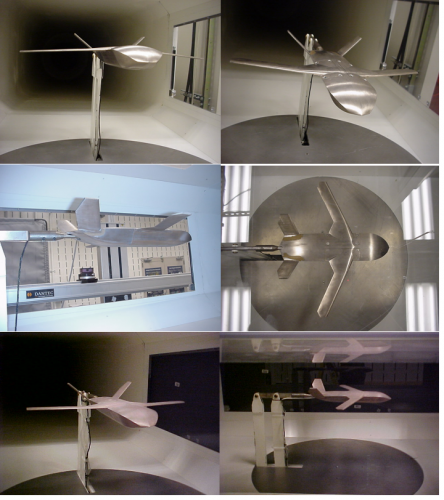- Joined
- 3 June 2011
- Messages
- 18,305
- Reaction score
- 12,130
TomS said:kaiserd said:The simplist and most obvious part of the solution would be to make greater use of buddy-refuelling; a F-35 refuelling a F-35, a B-21 refuelling a B-21, etc. This hasn't been part of US airforce culture/ thinking (luxury of large SAC sourced refuelling force) and has obvious limitations (some platforms having limited fuel loads they can give away, limiting the range extension for the receiver, etc). However has the advantage of being relatively cheap, potentialy providing many survivable platforms that are more "disposable" than a few very high cost but with higher refuelling capability platforms. Examples would include naval air arms and the French Mirage IV force (which also used KC-135 support for uncontested airspace refuelling).
Problem being that the USAF boom refuelling system is inherently incompatible with buddy fuelling. You can't just strap a boom onto an aircraft in the same way you can put a hose reel in a pod and hang it from a hard point. Even assuming the simple mechanics could be dealt with via, say, a pallet in the bomb bay, the crew skills are totally different. The boom operator actually flies the boom onto to receiver; it's a highly specialized skill that you can't just make a secondary job for a normal navigator/copilot.
The alternative is to switch to hose and drogue, which means a) refitting the entire Air Force and b) taking much longer to refuel large aircraft. The USAF didn't adopt the boom just to be contrary. It passes gas much faster than the hose and drogue approach. Using a hose and drogue would mean staying connected and detectable for much longer in hostile airspace.
Buddy refueling is a terrible kludge. (See the current USN situation where half their strike force has to be fitted out as tankers.)

